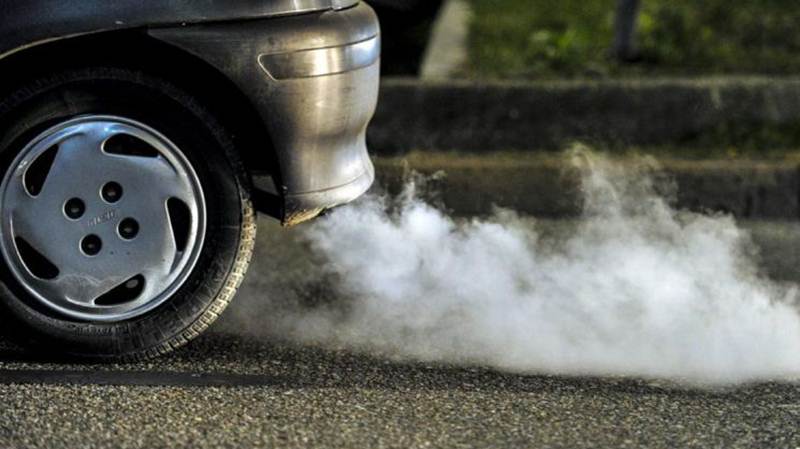Impact of BS-VI Norms
- For the Auto Industry
The Auto Industry needs to engage into more R&D activities for developing new kind of engines and look for newer ways to tweak around the current engines. The companies which do not have an in-house development, testing & validation capabilities will require to take help from ARAI. After the initial engine validation at ARAI, engine development will take place at the manufacturers end and be followed by vehicle development and then the final round of validations and testing at the Government agency before production kicks off.
Further, they will have to upgrade their plants in line with the new norms. The auto makers shall in turn pass on the increased costs to the buyers making the vehicle costlier.
- For the Buyer
Hopefully, the general public will be able to breathe in better air. But the buyer will suffer a hole in his pocket as the prices of the vehicles shall shot up with the manufacturers passing on the increased costs. The vehicle owner shall also have to pay more for the fuel compliant with the BS-VI norms. Although, state-run oil companies don’t intend to recover the increased cost involved in the production of the higher quality BS VI fuel from customers, but they are expected to do so after April 2020.
- For the Oil Marketing Companies
The State run Oil Companies will have to ensure that the fuel of the desired specification is available across the country before the deadline.
BS VI Norms to be effective from April 2020
Bharat Stage Norms are the standards which have been instituted by the Government of India in order to regulate emission of air pollutants from motor vehicles. The standards are based on the European Emission Norms which are followed globally.
The Bharat Stage Norms were first introduced in the year 2000 with BS-I norms, which was followed by introduction of BS-II in 2005, BS-III in 2010 & BS-IV in 2017. The Government was supposed to introduce the BS-V norms in 2019 but the deteriorating state of pollution in the country forced the Government – to skip BS-V & straightaway jump to BS-VI norms.
The BS-VI norms shall come into force from April 20, 2020. The order of the Supreme Court came in October 2018, wherein the apex court banned the sale & registration of BS –IV vehicles from 1st April 2020 onwards & further refused to give any grace period to the automobile companies.
Difference between BS IV & BS VI Norms
The major difference between the two norms is the content of Sulphur in the fuel. While BS-IV compliant fuel 50 ppm (particulates per matter) Sulphur, BS-VI compliant fuel been reduced considerably to 10 ppm.
Also, for Light duty diesel vehicles the emission limits of Oxides of Nitrogen have been reduced by 68% and particulate matter emission as well as particulate number emission limit has been limited to 6×1011/- kilometre. On the other hand, for light-duty petrol vehicles were reduced by 25%. This will be done by installing Selective Catalytic Reduction (SCR) module in the vehicles and a Diesel Particulate Filter (DPF) shall also be installed which will reduce Particulate Matter in diesel vehicles.
A crucial change in the vehicle type approval procedures have been made specifically for the light-duty vehicles. The Government mandates the use of portable emissions measurement system (PEMS) for in-service conformity testing by installing OBD (On Board Diagnostics) & RDE (Real Driving Emission). These devices will ensure that the emissions performance observed during laboratory testing are being maintained in the real driving conditions.
A comparison of the change in the Norms has been mentioned below:




To know about our investment advisory services and to place your inquiries: Drop us a mail at – info@pawealth.in or Visit pawealth.in

Disclaimer: The report only represents personal opinions and views of the author. No part of the report should be considered as recommendation for buying/selling any stock. The report & references mentioned are only for information of the readers about the industry stated.
Happy to receive feedback in the comments section.




